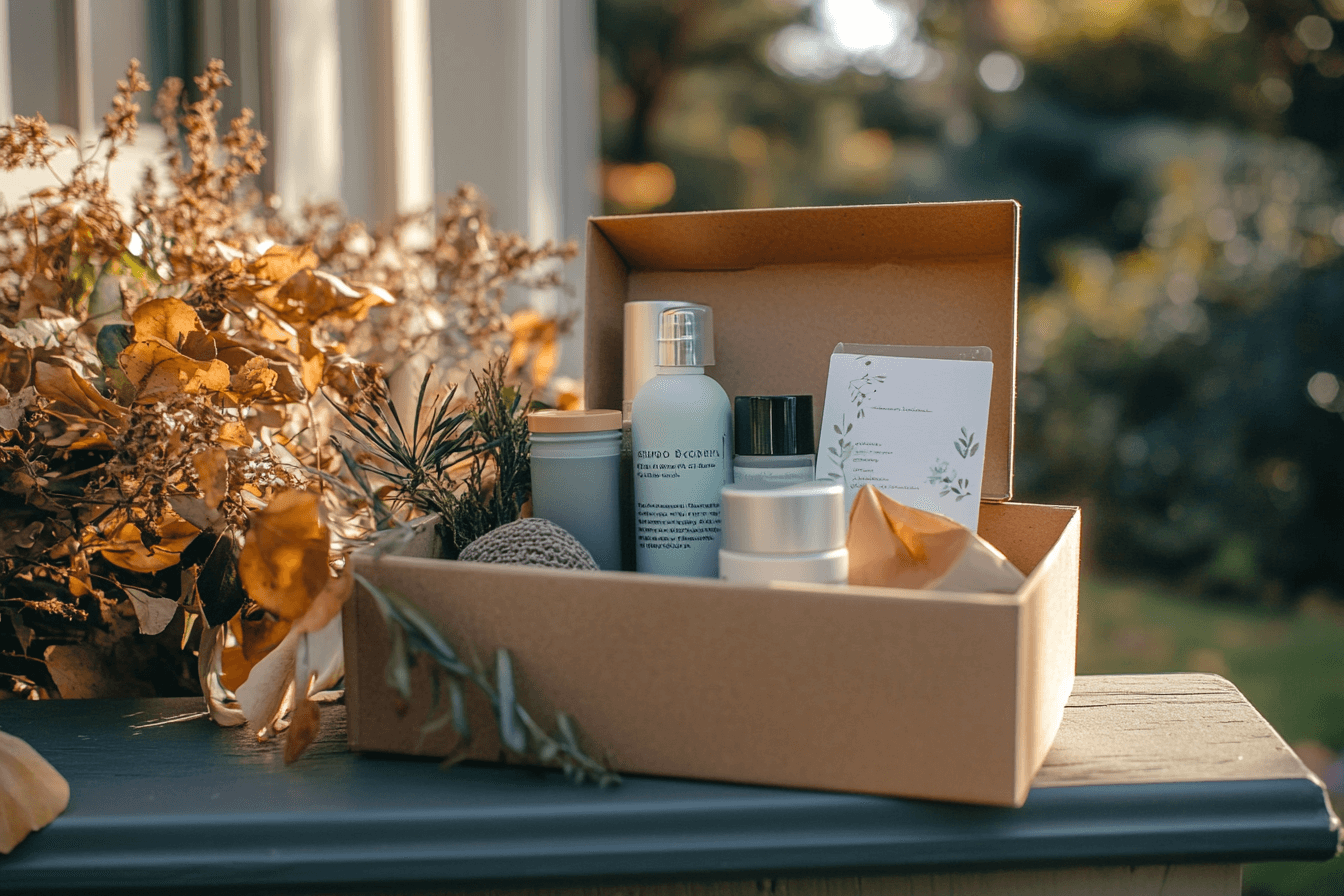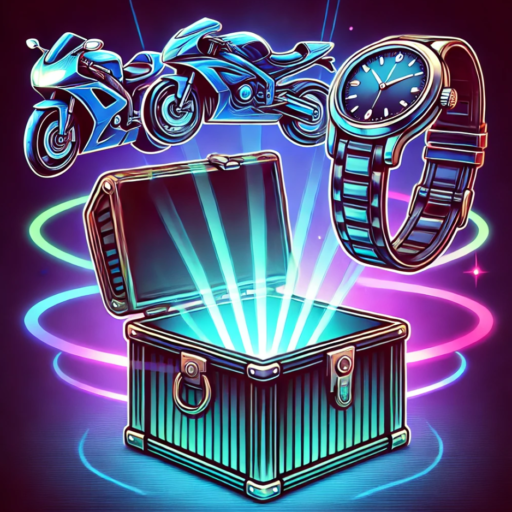The rise and evolution of subscription boxes
Subscription boxes once felt like a novelty. The idea of receiving a curated package of goods at your doorstep each month whether snacks, cosmetics, or niche hobby items caught on quickly in the early 2010s. By the mid-2010s, companies like Birchbox, Dollar Shave Club, and Loot Crate had become household names, sparking a wave of similar startups.
However, as more companies entered the space, consumers began to experience fatigue. Redundant products, underwhelming selections, and rising prices led many to question the long-term value of these services. By 2025, the market looks very different.
A brief history of the subscription box boom
The model started with a simple promise: surprise, delight, and convenience. Early boxes focused on discovery trying out new beauty brands, tasting snacks from around the world, or exploring geek culture. Over time, though, the surprise factor became less exciting when customers began receiving items they didn’t want or need.
This led to a shift in how boxes were curated, with companies introducing quizzes and preference-based systems. Still, the initial gold rush cooled down, and many players exited the market.
Key changes in the market since 2020
Since 2020, subscription box companies have had to adapt to rising customer expectations, economic shifts, and growing awareness around sustainability. There’s been a noticeable push toward smarter curation using data, improved flexibility, and tighter integration with lifestyle habits.
Boxes in 2025 are less about random discovery and more about tailored utility. Whether it’s a wellness box built around your fitness goals or a meal kit tied to your dietary preferences, personalization has become central to the model’s evolution.
What makes subscription boxes appealing in 2025?
Despite the changes in the market, subscription boxes continue to attract customers in 2025 but for different reasons than a decade ago. The appeal has shifted from novelty to necessity, or at least targeted convenience.
Personalization and customization
The biggest transformation has been in how well boxes can now align with individual tastes. Thanks to advancements in AI and user data analytics, brands can deliver highly curated packages. For instance, a book subscription might now adjust to your recent Goodreads reviews, while a fashion box could sync with your Pinterest style board.
This level of customization helps reduce waste and increase satisfaction, making the experience feel more personal and worthwhile.
Convenience and discovery factor
Even in 2025, the thrill of discovering something new hasn’t disappeared it’s just more intentional. Subscription boxes are now designed to introduce customers to relevant products rather than purely random ones. Whether it’s an indie skincare brand or a new artisan coffee roaster, discovery still plays a role, but with more direction.
More importantly, convenience is key. A monthly delivery of staples like razors, pet food, or vitamins can save time and reduce last-minute shopping stress.
Niche communities and lifestyle alignment
Many subscription services now double as community hubs. Whether you’re into tabletop gaming, eco-friendly living, or plant parenting, there’s likely a box (and an online group) that caters to your interests.
This lifestyle alignment fosters loyalty. People don’t just subscribe for the products they subscribe for the culture and content that comes with them.

Cost vs. value: are you really saving money?
One of the most common questions consumers ask is whether subscription boxes are cost-effective. The answer depends on what you value most: convenience, discovery, quality, or savings.
Hidden costs and shipping fees
Subscription services often advertise low monthly prices, but the true cost can creep up quickly. Shipping, taxes, and premium upgrade options can inflate the total. Some boxes charge extra for “curated picks” or international delivery, which can be frustrating.
It’s essential to read the fine print before committing and to calculate the actual monthly spend, not just the base price.
Comparing retail prices vs. subscription value
Some boxes provide excellent value, offering products at a fraction of their retail cost. Others pad the perceived value with inflated pricing or filler items. A grooming box might claim $80 in value, but if half the contents are items you’ll never use, the savings are questionable.
Smart shoppers compare the box contents with current market prices and ask themselves whether they’d purchase those items on their own.
Frequency of use and product relevance
The worth of a subscription box often comes down to how frequently and effectively you use what’s inside. If a fitness box includes gear that ends up collecting dust, it’s not a good investment. On the other hand, a monthly refill of contact lenses or supplements you regularly take can be both practical and cost-efficient.
Environmental and ethical considerations
As the conversation around climate change and conscious consumerism grows louder, subscription services are being held to higher standards. In 2025, more buyers are thinking about where their products come from and how they’re packaged.
Packaging waste and sustainability efforts
One of the biggest criticisms of subscription boxes has been excessive packaging cardboard boxes inside bigger boxes, wrapped in plastic and bubble wrap. This waste adds up, especially for subscribers receiving boxes every month.
In response, many companies are turning to recyclable materials, minimal packaging, or even compostable alternatives. Still, not all brands have made meaningful changes, and sustainability varies widely across the industry.
Ethical sourcing and brand transparency
Consumers are also more interested in who makes their products. Are the ingredients ethically sourced? Are workers treated fairly? Brands that offer transparency in their sourcing and production processes are seeing greater loyalty.
Boxes that support small businesses, BIPOC-owned brands, or fair-trade practices are especially popular in 2025, aligning with a broader shift in consumer values.
Trends reshaping the subscription box industry
The landscape continues to evolve as technology, culture, and customer expectations change. Some of the most influential trends are reshaping how these services operate.
AI-driven curation and smart recommendations
Thanks to artificial intelligence and machine learning, subscription services can now offer smarter curation. These algorithms analyze purchase behavior, reviews, and even social media activity to build better boxes.
This helps eliminate mismatch and boosts customer retention. The more a customer interacts with the service, the more accurate and useful the box becomes over time.
Rise of build-your-own box models
Flexibility is another rising trend. Instead of receiving a fully pre-curated box, some services now allow users to pick a few or all of the items. This hybrid model offers the convenience of delivery without sacrificing control, which appeals to a more discerning customer base.
Integration with influencers and social media
In 2025, influencer partnerships are no longer just marketing gimmicks they’re a key part of product selection and curation. Some boxes are curated by well-known creators, adding a level of trust and excitement. Users are also encouraged to share unboxings on platforms like TikTok and Instagram, further embedding these services in digital culture.
Who gets the most out of subscription boxes in 2025?
Subscription boxes are not for everyone, but certain groups benefit more than others based on lifestyle and needs.
Busy professionals
For people with limited time, convenience-focused boxes like meal kits, grooming supplies, or workwear can remove friction from everyday tasks. They reduce errands and simplify decision-making, which is a major selling point for busy individuals.
Parents and families
Family-oriented boxes, from children’s educational kits to household staples, provide both utility and entertainment. For parents juggling multiple responsibilities, having essentials delivered or hands-on activities for kids ready to go can be a lifesaver.
Hobbyists and enthusiasts
From gardening to crafting to gaming, hobby-specific boxes can be genuinely enriching. These boxes often come with exclusive items or rare finds, making them ideal for enthusiasts looking to deepen their interest or try new techniques.
Red flags to watch for before subscribing
Not all subscription services are created equal. Being a savvy shopper means looking out for warning signs before committing.
Poor cancellation policies
A flexible cancellation policy is essential. If a company makes it difficult to pause or stop your subscription, that’s a major red flag. Transparent, no-hassle policies are now a baseline expectation.
Inconsistent product quality
Look for reviews and social media posts to gauge the consistency of box contents. If past customers frequently report low-quality items or poor packaging, it’s worth reconsidering.
Overhyped marketing vs. real value
Some boxes lean heavily on branding and influencer hype but underdeliver on quality or relevance. Check unboxing videos, honest reviews, and forums before buying into the promise.
Final thoughts: how to decide if a subscription box is right for you
Ask yourself: do the items fit your lifestyle? Will you actually use them? Can you afford the recurring cost? If you’re enthusiastic about the contents and value convenience or discovery, a subscription box can be worth it in 2025.
But if the thrill wears off after a few months or you find yourself accumulating unused items it might be time to reconsider. Start with short-term trials when possible, and always make sure the service aligns with your real needs, not just your curiosity.








